The Wiltshire Horn sheep is the original no-shearing sheep: the traditional choice for the 21st century. It has the strengths of a native lowland breed, combined with low maintenance and low input costs, and has the ability to meet the most stringent requirements of the modern sheep industry, in both the commercial and smallholding sectors.
The current growth in popularity of the breed is primarily due to it’s ability to shed it’s fleece. The Wiltshire Horn has a short fleece that naturally sheds in the spring leaving a short hair coat. The fleece will then grow again in the autumn to offer protection during the winter months. In an industry where wool production has become uneconomic the advantages of self shedding sheep are clear to see. The labour costs associated with wool are drastically reduced with no need to gather sheep for shearing, dagging or dipping.
As well as gaining popularity for their easycare characteristics, the large framed ewes are good, milky mothers and are equally suited to indoor and outdoor lambing systems. Both purebred and crossbred lambs have remarkable vitality at birth and will finish off grass growing to heavy weights without putting on excess fat. This ability of the Wiltshire Horn ewe to produce crossbred butchers lambs is now becoming appreciated more generally across the industry, even leading to showing successes at primestock events.
It is of course a very old native breed and up until the end of the eighteenth century was the predominant breed to be found on the Wiltshire Downs. At that time the sheep were able to roam freely, doing well on the poor terrain which offered little shade or protection. It is this background that has given the breed it’s hardiness and resilience.
The breed fell out of favour during the nineteenth century when the economy became reliant on wool. The breed was saved from extinction by a small group of enthusiastic breeders who formed the Wiltshire Horn Sheep Society in 1923. The breed prospered until the early 60’s when trade declined due to the soaring value of pelts of the other main breeds. In the 1970’s the breed came under the protection of the RBST because numbers were so low. In recent years the number of registered sheep has significantly increased and so the breed has developed into the large commercial flock it is today. During the last twenty years the breed has progressively moved forward as sheep quality has improved and flock masters have appreciated the self shedding benefits which are increasingly important to those wishing to develop low maintenance, and low input sheep systems. Stock have been exported to Australia, New Zealand, South America, West Indies, and there is a growing flock throughout Europe.
Read more about the breed on our Wiltshire Horn Today page, come and visit our stands at the events speak to exhibitors at shows this summer or contact some members in your area.
